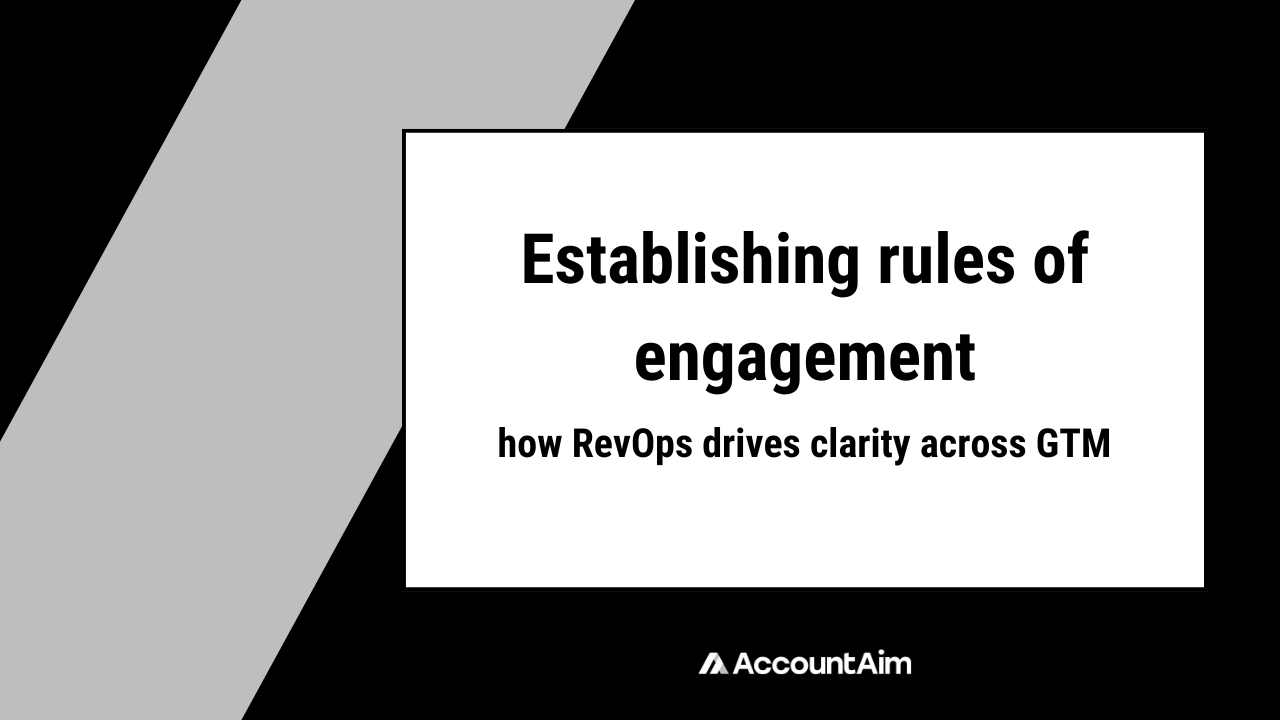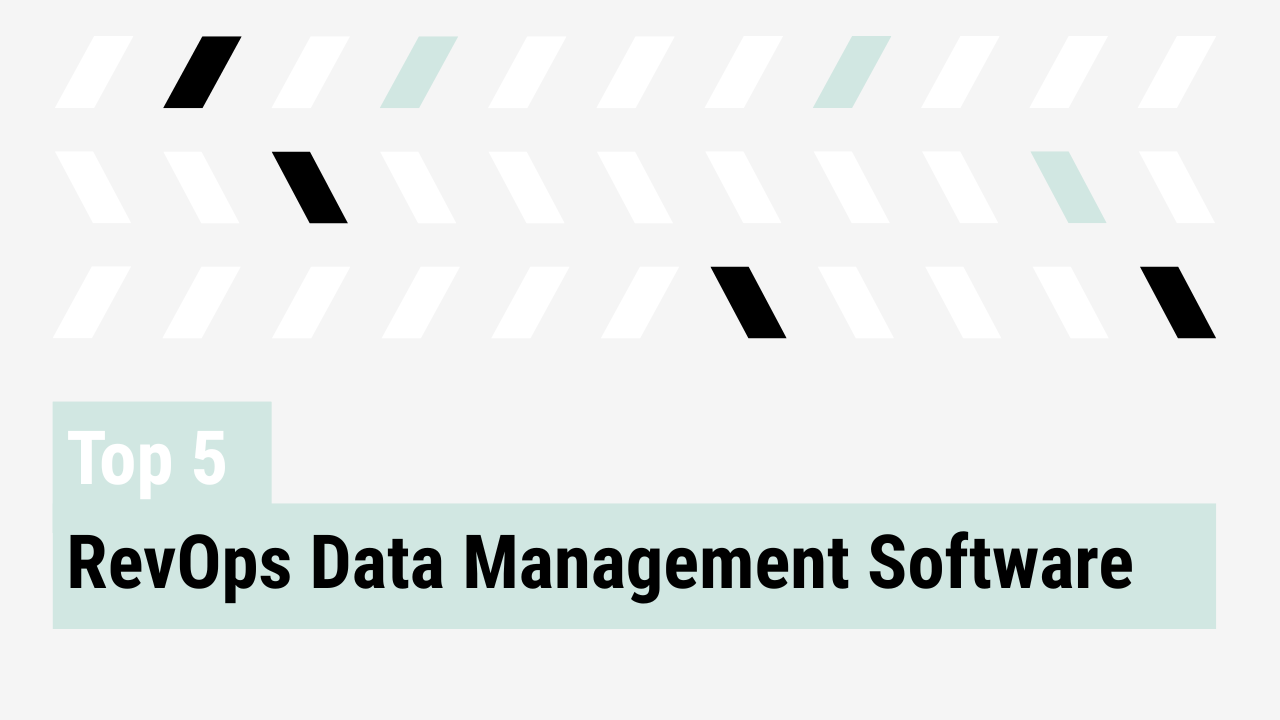When a sales rep is chasing the wrong lead, marketing is waiting on a follow-up, and CS is unsure who owns onboarding, the issue often comes down to unclear Rules of Engagement. RevOps leaders who master how to eliminate data siloes across GTM teams and create a shared operational playbook can cut friction, speed up revenue cycles, and gain C-suite recognition.
A clear, enforceable Rules of Engagement (ROE) framework defines who owns what, when, and how at every stage of the customer lifecycle. Done well, it turns RevOps into a proactive driver of GTM performance. Here is how to design RevOps Rules of Engagement that works in the real world.
Lead routing without exceptions
Clear lead routing ensures every opportunity is acted on quickly and by the right person. For RevOps leaders, this principle builds trust with sales leadership and demonstrates operational precision that directly impacts revenue.
Build routing rules in your CRM with territory, segment, and product coverage logic, adding backup ownership rules for every inbound lead. Set alerts for unassigned leads and escalate if unclaimed after the SLA. Audit routing accuracy weekly and update as needed. Speed-to-lead is a major driver of revenue, and cutting response time from hours to minutes shows measurable business impact. As Kumail Mukadam of Conductor says:
“Impact and revenue… those are the two North Stars…”
Every handoff is documented and timestamped
Consistent, well-documented handoffs prevent revenue leakage and help leaders pinpoint friction points across the customer journey. For RevOps, it creates accountability and offers data to improve workflows.
Define “handoff complete” criteria for every stage change and automate timestamps on every ownership change. Require a short context note in the CRM and track average time between stages to flag bottlenecks. Handoffs are vulnerable points in the process, and transparency with measurement keeps deals moving. Mukadam notes:
“Creating that fine line of, ‘Hey, this is now complete and done. We can move on,’ is so, so important.”
Shared GTM metrics in one view
When all GTM teams operate from a unified set of metrics, it drives alignment and eliminates conflicting narratives. For RevOps leaders, this creates a single source of truth for decision-making.
Replace siloed dashboards with a single “GTM scoreboard” that includes shared KPIs and standardized definitions. Review this dashboard in weekly GTM leadership meetings to keep discussions anchored in shared outcomes. Shared metrics align teams on the same priorities. Mukadam observes:
RevOps owns and enforces the GTM model
Centralizing ownership of the GTM model ensures consistency in territories, quotas, and segmentation. For RevOps leaders, this position enables influence over both strategy and execution.
Be the single source of truth for territories, quotas, and segmentation, and publish changes in a shared, version-controlled ROE document. Host quarterly model reviews to ensure the design matches strategy. Owning the GTM model creates strategic leverage.
Adapting ROEs to dynamic buying processes
As buyer behavior shifts, static engagement rules can limit revenue potential. RevOps leaders who adapt quickly maintain process relevance and capture more opportunities.
Set rules that adjust ownership based on deal type, lifecycle stage, or engagement signals. Trigger reassignment when new stakeholders emerge, use intent and usage data to find expansion opportunities, and measure conversion and retention impacts. Markets change quickly, and adapting ROEs keeps processes relevant.
Governance built for adoption
Adoption is what turns rules into results. Governance ensures consistency, encourages compliance, and builds credibility for RevOps leadership.
Introduce new ROEs in small batches, hold quarterly review sessions, track compliance, and recognize consistent teams. Deliver early wins to build support and maintain adoption. Rules only work if people follow them, and sustained governance ensures that happens. Mukadam emphasizes:
“You have to dedicate time… Maintaining it is work and you have to dedicate time to it.”
Bringing RevOps rules of engagement all together
Rules of Engagement are a commitment to clarity, speed, and fairness across GTM. By owning the model, automating the rules, and making them visible, RevOps can unify the revenue engine, reduce drag, and prove its value to the executive team. AccountAim equips leaders with the tools to enforce these rules, align stakeholders, and continuously improve GTM execution.
Audit your current ROEs. Pick one rule to clarify, automate, and enforce, and watch your GTM performance and influence grow.



